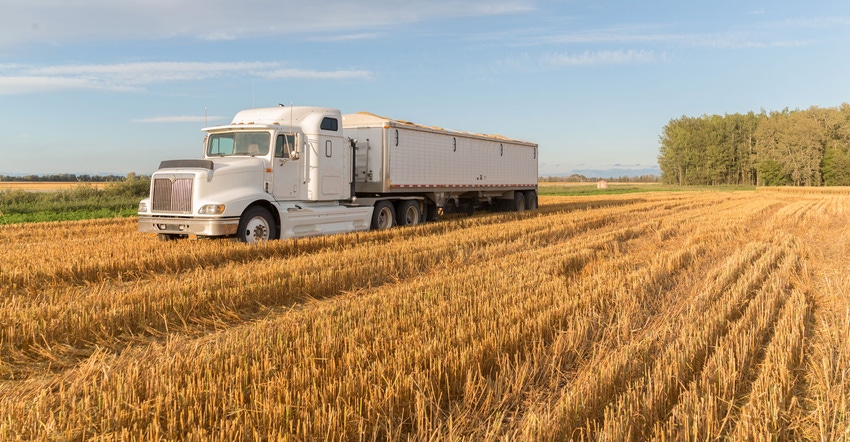June 21, 2022

Farmers may have heard of the use of Internet of Things tools for sharing sensor information from across the farm. For example, use of this tech for tracking assets from trucks to cattle is gaining momentum as users see its value. But how would those systems work?
One provider of the technology, Semtech Corp., has launched a new website to show just how asset tracking might work.
“Asset tracking is a popular use case across the markets we cover,” says Karthik Ranjan, leader of LoRa Cloud solutions and partnerships at Semtech. “We’ve seen interest in LoRa Edge, specifically in cattle tracking.”
You may never hear of Semtech even if you buy tracking technology. The company provides the chips and software algorithms that help make other tracking systems work. The firm’s LoRa Edge platform provides seamless worldwide asset tracking by using direct satellite-connected IoT for managing fleets, inventory and even cattle.
Ranjan says users of these sensor tools have specific requirements. “Customers want to have tracking on devices, but they want it to last for months, or years — sometimes even for the whole lifetime of the device. They don’t want to worry about changing batteries,” he explains.
Semtech’s LoRa Edge provides long-life performance, but it starts with the chip the company designed. “We added GNSS [Global Navigation Satellite System] scanning and WiFi scanning,” he says. “This is not a WiFi radio; it is basically using WiFi as a location technology.”
The sensor is not always on, but “pings” GNSS or WiFi locations periodically and sends the information to a cloud service, which then provides detailed location and movement information. Semtech has developed that platform and the tools companies can use to incorporate the technology into branded tracking tools.
Demo shows capabilities
Semtech’s system, the LoRa Edge LR1120, links to satellites or “sees” WiFi networks. With that information sent to the cloud, location data can be processed and provided to users easily. To show how the process works, Semtech created the LoRa Cloud Locator.
“Whether it’s tracking wheelchairs in a hospital, shopping carts in retail, pallets in the supply chain, or cattle in agriculture, asset tracking can be found everywhere,” Ranjan says. “Semtech’s LoRa Cloud Locator is the fastest way for customers to easily see for themselves the benefits of purchasing trackers with LoRa Edge, provisioning them into an application and seeing their location on the map.”
The LoRa Cloud Locator allows a prospective user to acquire a sensor, provision it (turn it on) using the website and see that tracker in action. The site contains a few tracker choices.
During a demonstration, Ranjan showed his personal car driving around Seattle in real time. “My wife must be running errands in my car,” he quips. “You can see the movement in real time.”
The system uses both satellite connectivity and “seeing” those WiFi networks, and the site allows for historical analysis of the tracker’s movement. It’s a way for potential users to see these systems and how they might benefit a business.
For example, if a farm has trucks, implementing the LoRa Edge system would allow asset tracking, including time in motion and when stationary.
The demonstration site is just for short-term use, but it allows someone considering use of such a tool to see how it might work for their business. The website went live June 21. You can learn more at loracloud.com.
About the Author(s)
You May Also Like






